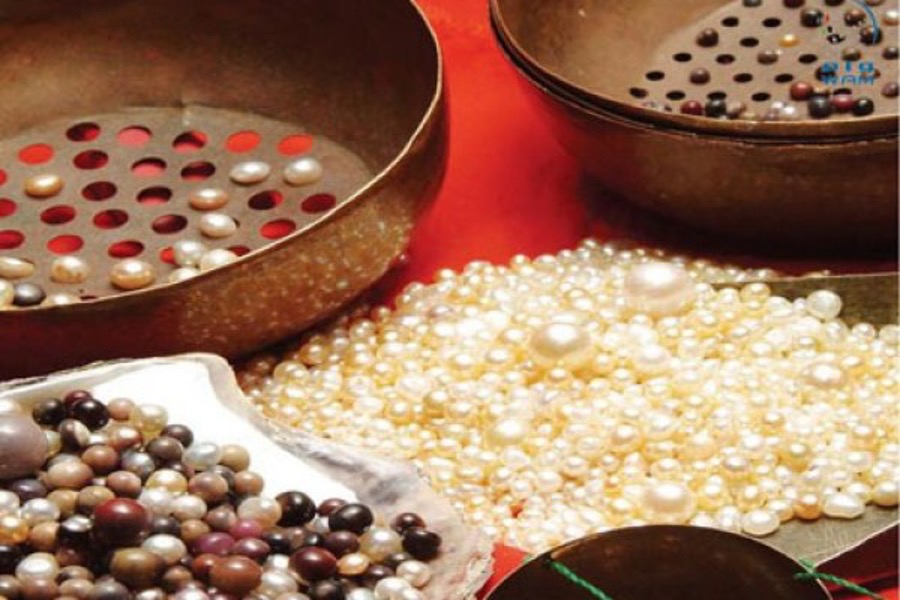Introduction:
Dubai, with its gleaming skyline and modern marvels, stands as a testament to innovation and progress. However, beneath the sheen of contemporary luxury, lies a rich history deeply rooted in trade and commerce.
One such historical gem is the barter of pearls, a trade that played a pivotal role in shaping Dubai’s identity. In this blog, we delve into the captivating history of Dubai’s pearl trade, exploring how these lustrous gems fuelled the city’s early economic growth through intricate barter transactions.
1. The Pearl Trade Roots:
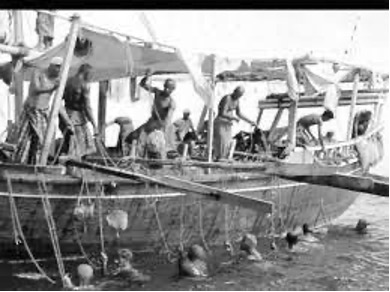
Dubai’s relationship with pearls dates back centuries. In the late 19th and early 20th centuries, the city was a bustling hub for pearl diving and trading.
The warm waters of the Arabian Gulf were home to some of the finest natural pearls, drawing traders and divers from across the region.
2. The Barter System Unveiled:
Before the discovery of oil transformed the region, Dubai’s economy revolved around the pearl trade. The barter system was the predominant mode of exchange in this bustling marketplace.
Pearls were exchanged for a myriad of goods and services, creating a complex web of transactions that sustained the local economy.
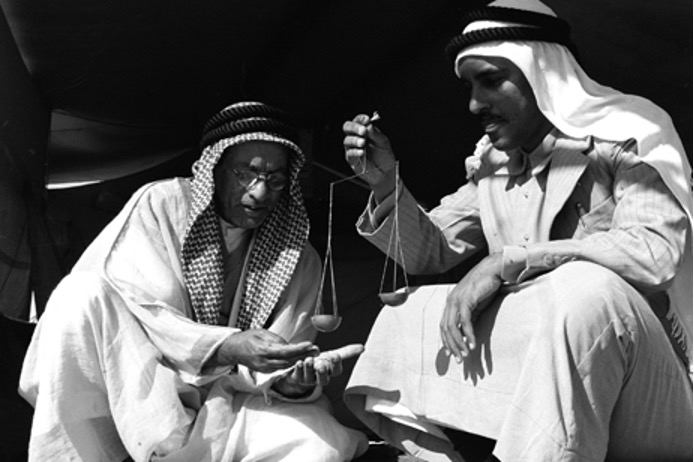
3. Intricate Exchange Networks:
Dubai’s position as a key trading post in the region facilitated the creation of intricate exchange networks. Pearls harvested by local divers were traded with merchants from India, Persia, and beyond.
In return, these traders brought spices, textiles, and other coveted goods to be exchanged for the precious pearls.
4. Economic Impact on Dubai:
The barter of pearls significantly contributed to the economic prosperity of Dubai during this period. The city’s strategic location made it a melting pot of cultures and commerce, with the pearl trade acting as the cornerstone of its economic foundation.
The revenues generated fuelled the development of the city’s infrastructure and laid the groundwork for its future growth.
5. Cultural Significance:
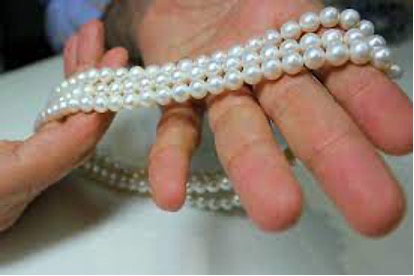
The pearl trade wasn’t just an economic force; it also held immense cultural significance. It shaped the way of life in Dubai, influencing traditions, ceremonies, and even attire.
The distinctive attire worn by Emirati women, including the traditional abaya and headscarf, reflects the cultural impact of the pearl trade era.
6. The Decline and Legacy:
The decline of the pearl trade came with the advent of cultured pearls and the discovery of oil in the region. As these new economic opportunities emerged, the traditional pearl industry dwindled.
However, the legacy of the pearl trade lives on in Dubai’s cultural fabric, and the city continues to honour its maritime heritage through museums and exhibitions.
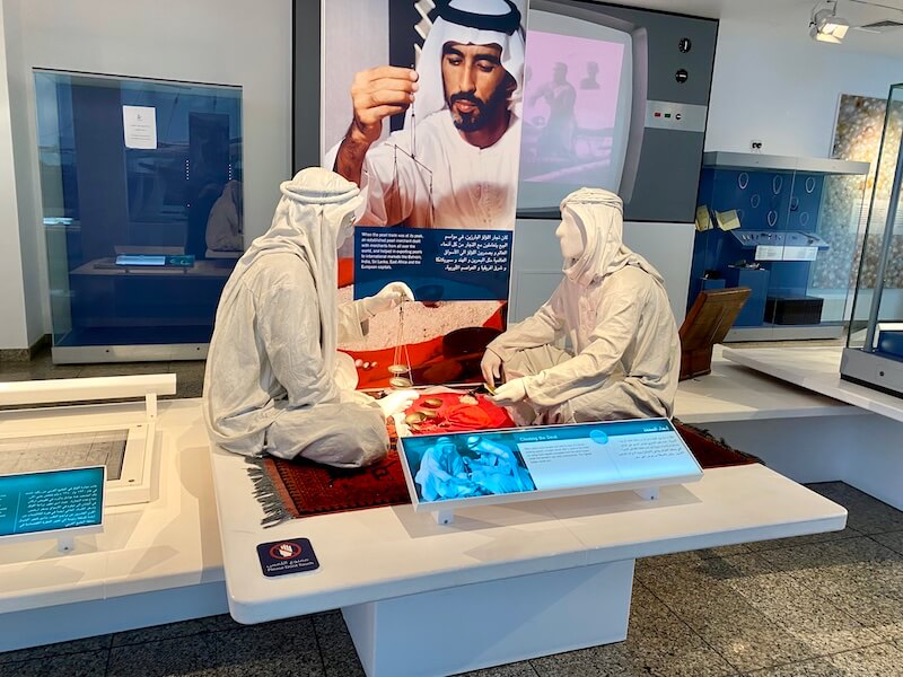
Conclusion:
Dubai’s historic barter of pearls serves as a captivating chapter in the city’s narrative, illustrating how a humble gem contributed to the rise of a global economic powerhouse. The remnants of this era are woven into the cultural tapestry of modern Dubai, reminding us of the city’s rich past and the resilience born from its roots in trade and barter.
